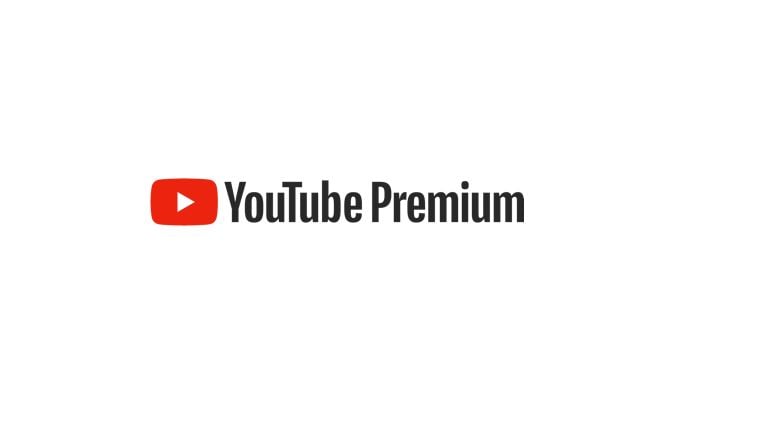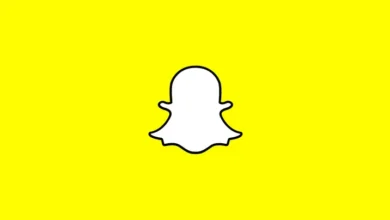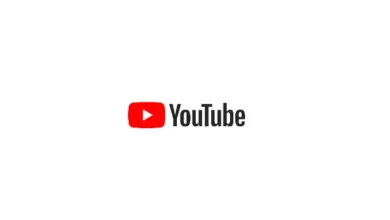
In case you needed a reminder that making significant money out of social media subscriptions is hard, YouTube has today announced that YouTube Premium and Music has now surpassed 100 million subscribers, 8 years after its initial launch.
Which is a huge achievement, no doubt. But still, at 2 billion total active YouTube users, that means that only 5% of the platform’s audience has shown any willingness to pay for the app, while the combination of Premium and Music in this context somewhat clouds the full scope of what users are willing to pay for, specifically.
As explained by YouTube:
“In 2015, we believed that there was an appetite for a YouTube experience that benefited not only our users, but the creator and artist community as well, and we announced a new subscription service alongside a brand new app, YouTube Music. This offering was designed for music lovers and YouTube fans who wanted more choice in how they spent time on YouTube, allowing them to enjoy YouTube without interruptions, background play and downloads, and a full music service with the world’s largest catalog. Along the way, we learned a lot, made a few pivots (and even rebranded), expanded our offerings and plans, and made YouTube Music and Premium available in over 100 countries and regions.”
To be clear, YouTube Premium offers ad free viewing, and also now incorporates YouTube Music, which enables you to listen to YouTube ad-free as well.
I suspect that both elements have different use cases, and audiences, but they’re now combined into a single package, and that is what’s now reached 100 million total subscribers.
Social media subscriptions became a bigger focus last year, after Elon Musk initiated a push to make subscriptions a larger contributor to X’s overall revenue intake. Musk’s original plan was to get subscriptions to account for 50% of X’s overall revenue, thereby reducing the company’s reliance on ad dollars, which comes with various obligations to brand partners. But thus far, the platform has struggled to generate significant take-up for its X Premium offerings.
Meta followed suit, with its Meta Verified subscription package, which enables users to purchase a blue checkmark for their Facebook and/or IG account, while Snapchat has also seen a level of success with its Snapchat+ subscription offering.
But as with YouTube, as well as LinkedIn, which also sells a Premium subscription package, what each platform has found is that while this can be a valuable supplementary income stream, interest in subscriptions is not enough to make it a significant driver of platform business, at least not at the level of what they can bring in from ads.
Yet, at the same time, there are positive signs.
YouTube says that it’s grown its Premium subscriber base by 20 million in just under a year, through the addition of new features like improved playback quality, music samples, podcasts, and generative AI features.
YouTube also recently reported that its combined subscriptions, including YouTube Premium, YouTube Music, NFL Sunday Ticket, and YouTube TV, are now generating $15 billion a year. YouTube’s ad business is likely around double that, at $30 billion, but it’s a significant element, that’s seen significant growth, which could point to a change in shift attitudes towards paying for online offerings.
Either way, it’s a positive for YouTube, which is now reportedly worth some $400 billion as a separate business.
Will more people look to pay for online platform access in future? Can social apps make subscriptions a bigger element of their business?
It’s interesting to note the broader trend here, and to consider what that could mean for other subscription experiments.
Source link




